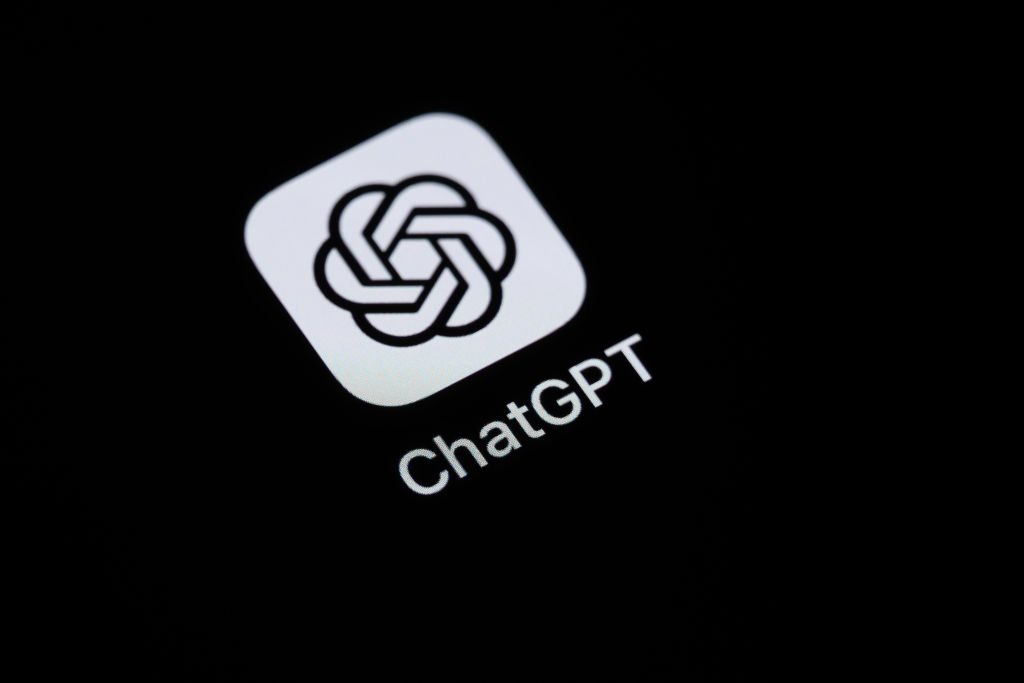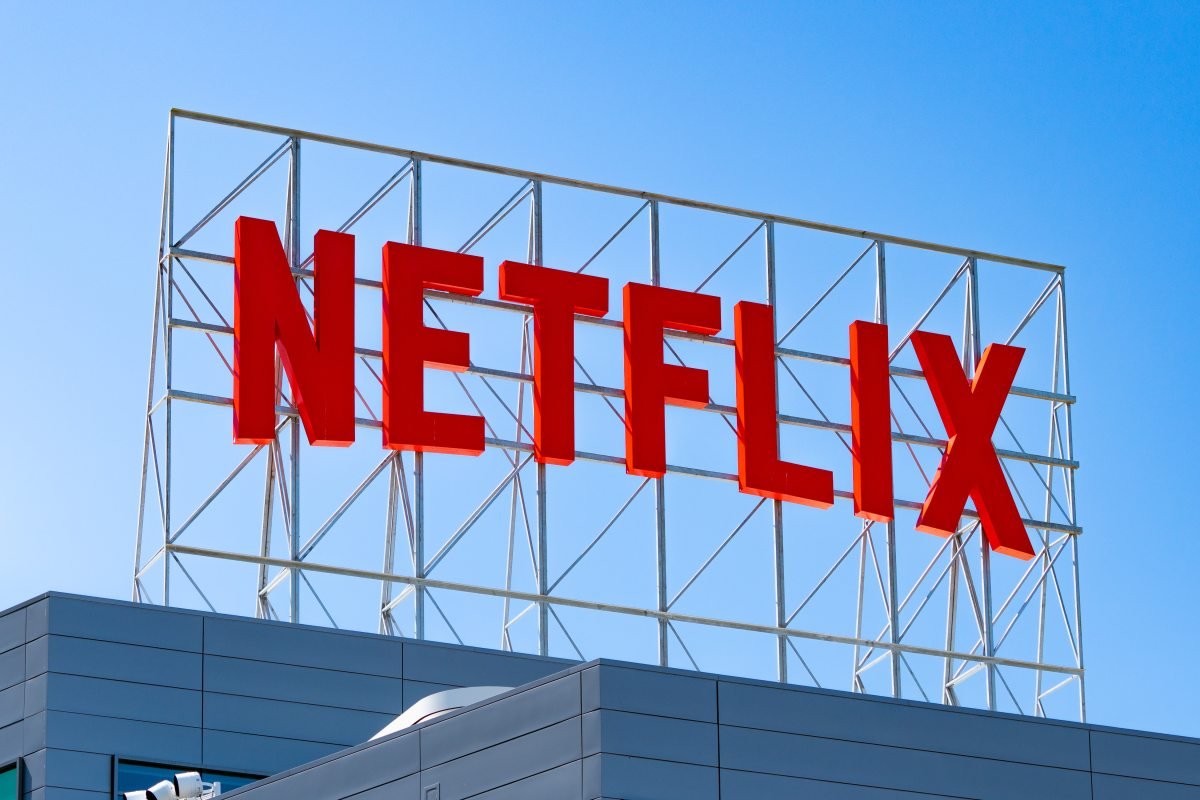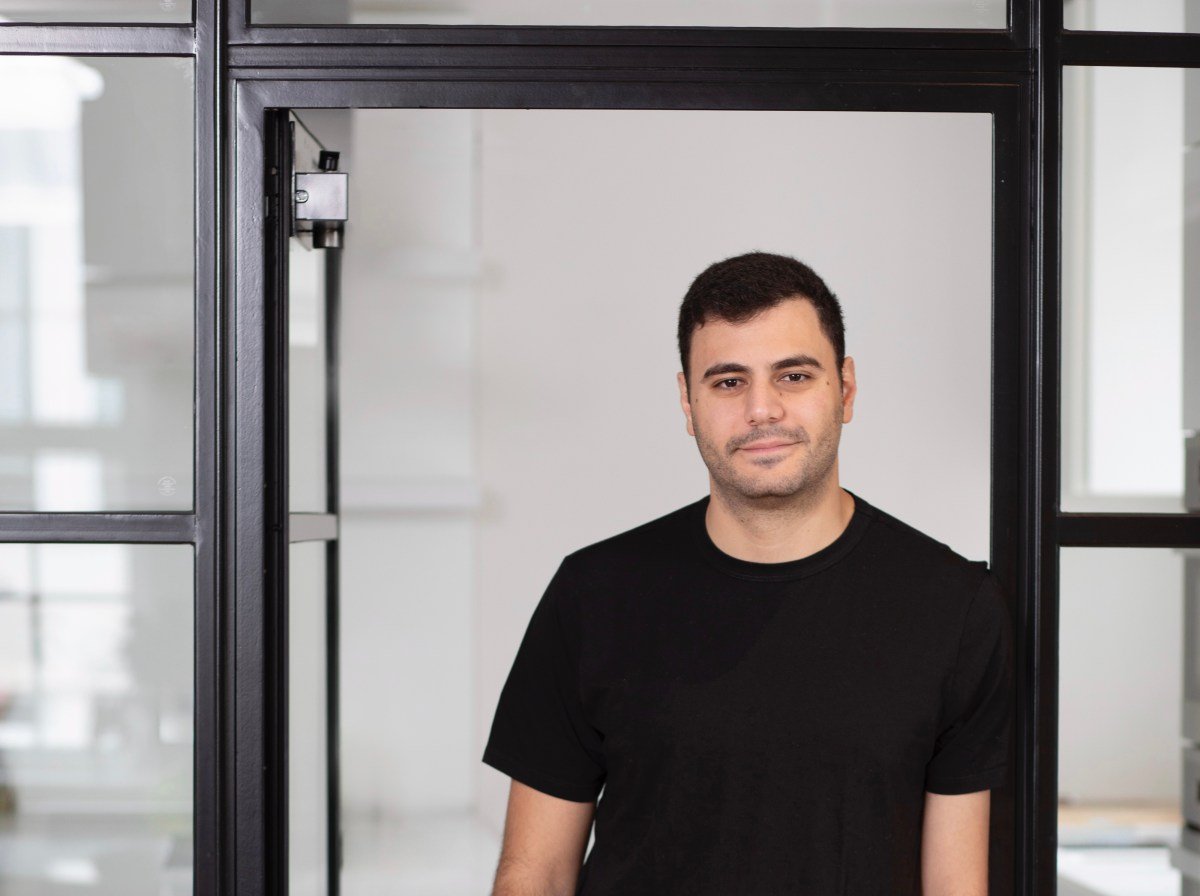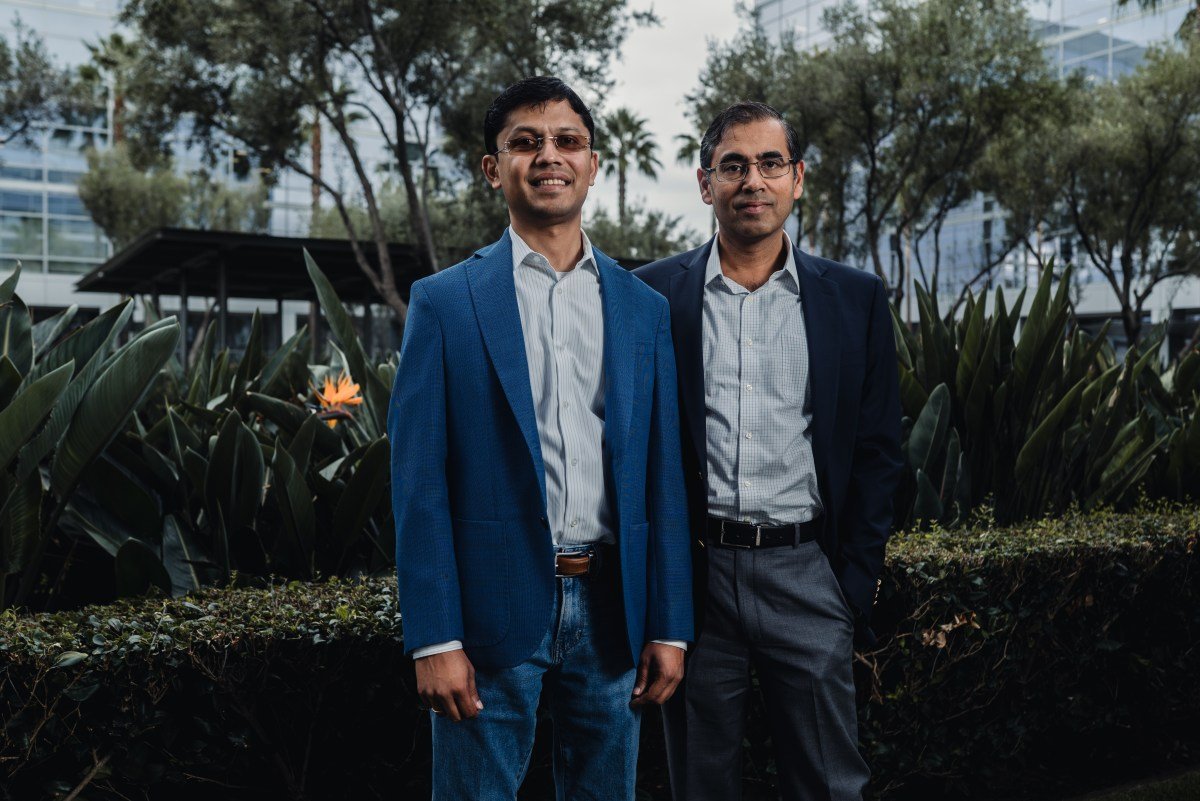OpenAI Unveils Exciting App Integrations for ChatGPT
OpenAI has recently introduced new app integrations in ChatGPT, enabling seamless connections to your favorite accounts. For example, with the Spotify integration, you can effortlessly create personalized playlists directly in your Spotify app.
Getting Started with ChatGPT App Integrations
To begin, log into ChatGPT and simply type the app’s name at the start of your prompt. ChatGPT will guide you through the sign-in process.
If you prefer to set everything up at once, navigate to the Settings menu, select Apps and Connectors, and explore the available options. Choose the apps you like, and you’ll be directed to their sign-in pages.
Understanding Privacy and Permissions
It’s crucial to be aware that linking your account means sharing your app data with ChatGPT. Review the permissions carefully; for instance, connecting your Spotify account grants access to your playlists, listening history, and other personal information. While this facilitates a personalized experience, consider your comfort level with such access.
Any app can be disconnected at any time via the Settings menu.
Explore Available Apps
Booking.com Integration
Linking your Booking.com account with ChatGPT enhances your travel planning, making it easier to find hotels in your desired city based on dates and budget. You can even specify guest numbers and proximity to public transport, streamlining the process compared to searching directly on the website.
Once you find a hotel you like, simply open the Booking.com listing to complete your reservation.
Create Effortlessly with Canva
With Canva in ChatGPT, generate stunning visual content quickly. Whether it’s a social media post, poster, or presentation slide, you can instruct ChatGPT to create visuals based on your guidelines.
Once you connect your Canva account, you can request specific designs, keeping in mind that AI-generated visuals might require some tweaking.
Discover Courses with Coursera
Coursera’s integration lets you find the best online courses tailored to your skill level. You can ask ChatGPT for “intermediate-level courses in Python” and compare options based on ratings, duration, and cost before enrolling.
Plan Travel with Expedia
ChatGPT’s integration with Expedia allows you to view hotel options and flights without leaving the chat. State your travel dates, budget, and preferences like “Only show 4-star hotels” for tailored results.
Visualize Ideas with Figma
Utilize Figma in ChatGPT to create diagrams and flow charts, simplifying the visualization of complex concepts or workflows, and helping to generate product roadmaps.
Spotify Integration for Music Lovers
With Spotify integrated into ChatGPT, you can quickly curate playlists based on your mood or preferred artists. You can also get recommendations for new artists, playlists, audiobooks, and podcasts, and manage your library with ease.
Home Search Made Simple with Zillow
Zillow’s integration streamlines your home search. Using straightforward prompts, you can filter results by price range, number of bedrooms, and neighborhoods, making the process tailored to your needs.
What’s Next for ChatGPT?
OpenAI announced that more partners will be joining soon, including DoorDash, OpenTable, Target, Uber, and Walmart, slated for release later this year.
Currently, the rollout of these app integrations is limited to the U.S. and Canada, with users in Europe and the U.K. waiting for updates.
Here are five FAQs about using the new ChatGPT app integrations, including Spotify, Figma, Canva, and others:
FAQ 1: How do I access the new integrations in the ChatGPT app?
Answer:
To access the new integrations, open the ChatGPT app and navigate to the settings or integrations section. Ensure you have the latest version of the app installed. From there, you can enable and connect integrations like Spotify, Figma, and Canva by following the on-screen prompts.
FAQ 2: What features do the Spotify and Canva integrations offer?
Answer:
With the Spotify integration, you can create playlists, discover new music, or get song recommendations directly through ChatGPT. The Canva integration allows you to design graphics and templates by generating ideas, suggesting layouts, or even creating quick designs based on your input, all without leaving the app.
FAQ 3: Can I use multiple integrations at the same time within the ChatGPT app?
Answer:
Yes, you can activate and use multiple integrations simultaneously. You can switch between them depending on your needs. For example, you might ask ChatGPT to suggest a design in Canva while asking for music recommendations from Spotify at the same time.
FAQ 4: Are there any subscription fees for using these integrations?
Answer:
Most integrations, like Spotify and Canva, typically require you to have a subscription to their services for full functionality. While ChatGPT itself may be free to use, any premium features of integrated apps would still need to be paid for separately.
FAQ 5: How can I troubleshoot if an integration isn’t working?
Answer:
If an integration isn’t working, first ensure you have the latest version of the ChatGPT app. Check your internet connection and try reconnecting the integration in the settings. If issues persist, look for any service status updates on the integration’s official site or consult the help section of the ChatGPT app for further troubleshooting steps.










